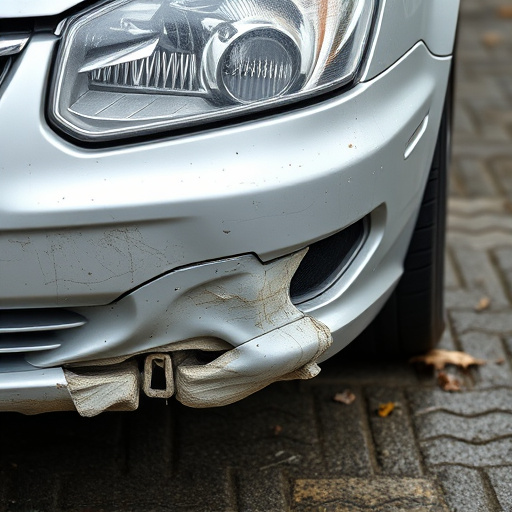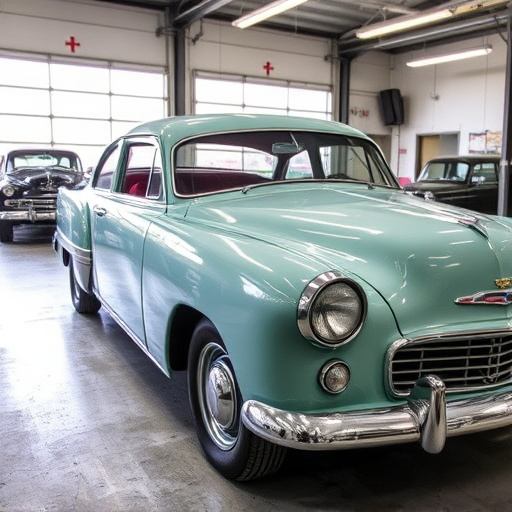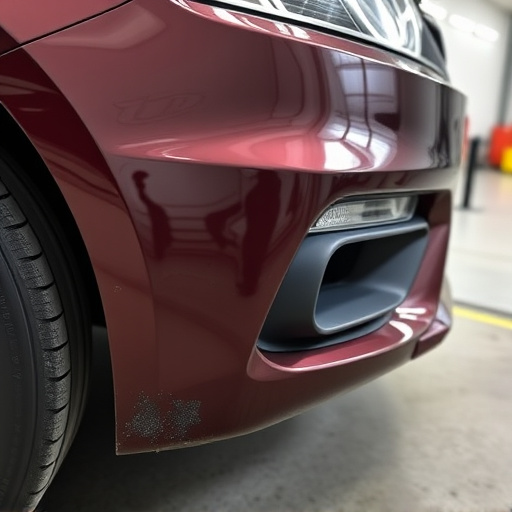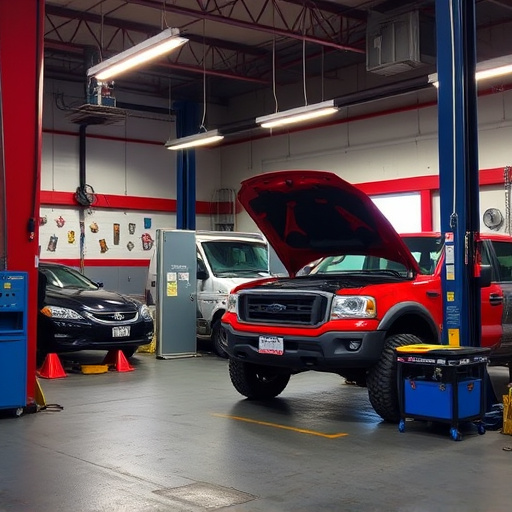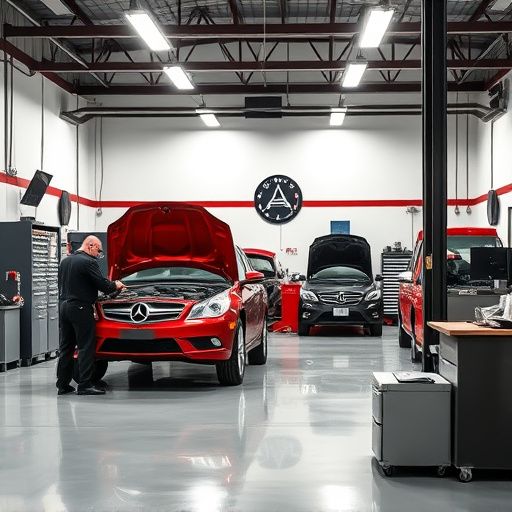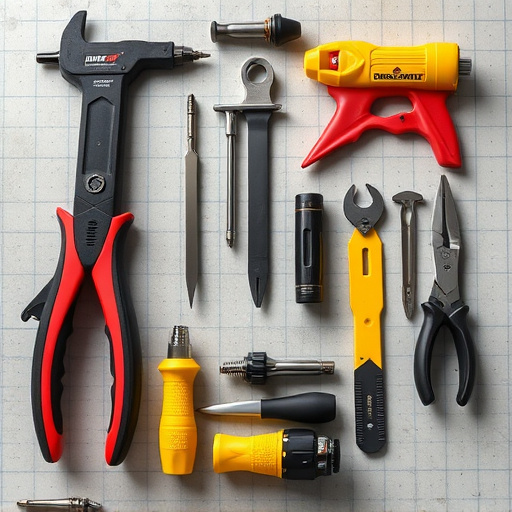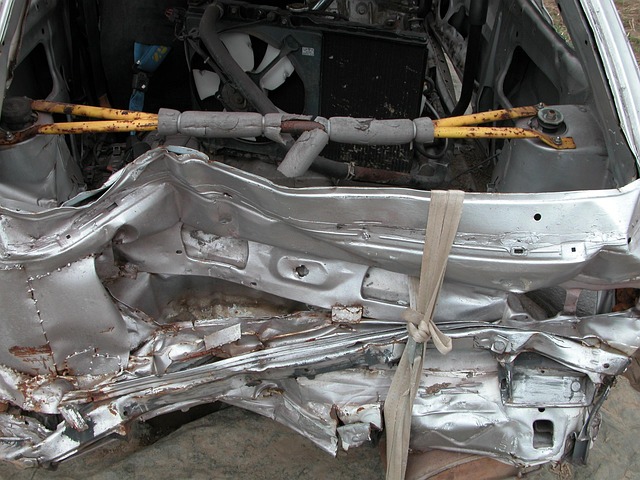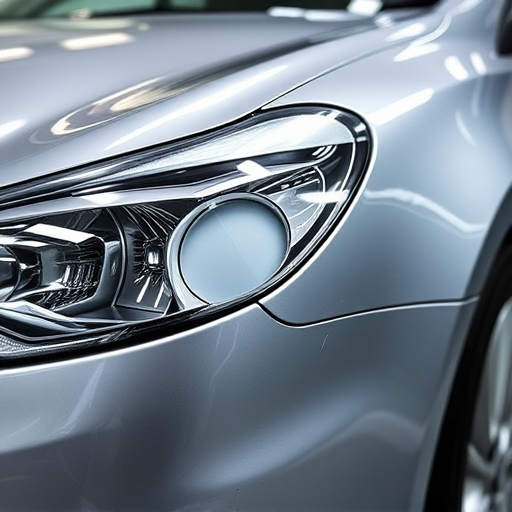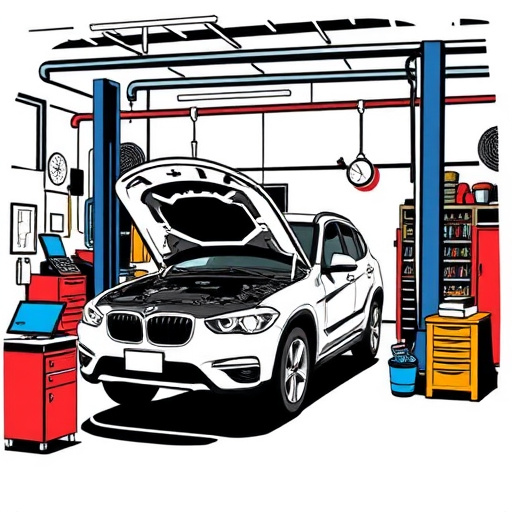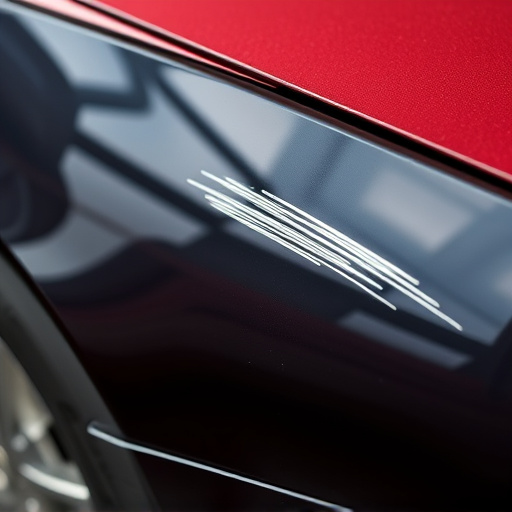The Mercedes 48V system's advanced electrical architecture demands specialized repair knowledge and tools. Accurate diagnostics involve checking sensors, control units, wiring, and connectors to identify faulty components. Skilled technicians navigate intricate connections for precise repairs, influencing labor costs significantly. Efficient collision centers streamline processes and train staff for competitive, quality Mercedes 48V system repair solutions.
Unraveling the cost factors behind Mercedes 48V system diagnostics is crucial for efficient repairs. This article guides you through the intricate components of the Mercedes 48V system, helping you understand potential faulty parts that drive up costs. We delve into labor expenses and offer insights on how to navigate these charges effectively. By exploring these aspects, you’ll gain valuable knowledge for managing and budgeting your Mercedes 48V system repair needs, ensuring a smoother process without unexpected financial hurdles.
- Understanding Mercedes 48V System Components
- Diagnosing Costly Faulty Parts
- Labor Costs and Efficient Repairs
Understanding Mercedes 48V System Components
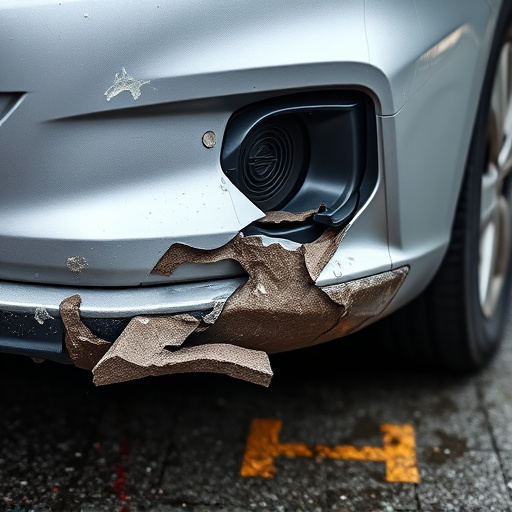
The Mercedes 48V system is a complex network of components designed to enhance vehicle performance and efficiency. At its core, it involves a sophisticated electrical architecture that utilizes a 48-volt battery system, distinct from the traditional 12-volt setup. This advanced system enables various electric and electronic functions, including regenerative braking, starter motors, and power steering assistance. Each component plays a crucial role in ensuring the overall efficiency and reliability of the vehicle. For instance, the 48V battery, often referred to as a high-voltage (HV) battery, stores and distributes energy, powering numerous electric auxiliary systems.
Understanding these intricate details is vital for those engaged in Mercedes 48V system repair. As with any complex system, issues can arise from various sources, such as faulty wiring, component malfunction, or misalignment during installation. Unlike straightforward car scratch repairs or vehicle dent repairs, mastering Mercedes 48V diagnostics requires specialized knowledge and tools to identify and rectify problems within this intricate electrical web. Efficiently navigating these challenges ensures not just the smooth operation of modern Mercedes vehicles but also contributes to a safer and more environmentally sustainable driving experience.
Diagnosing Costly Faulty Parts
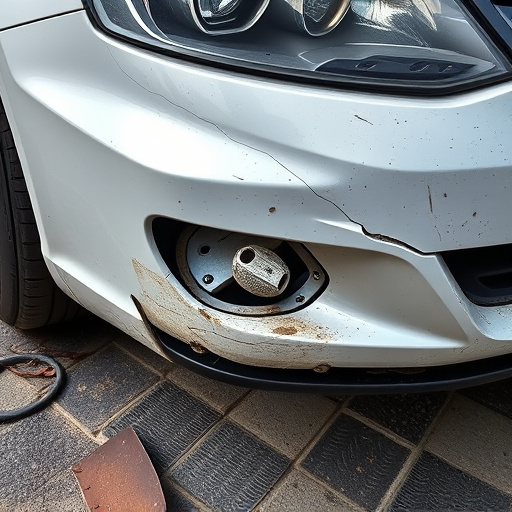
Diagnosing faulty parts within a Mercedes 48V system is a complex task, especially considering its advanced nature and intricate design. However, identifying problematic components is crucial to effective and cost-efficient repairs. One approach involves systematically checking each part’s functionality, from sensors and control units to wiring harnesses and connectors. This meticulous process requires specialized diagnostic tools and expertise in Mercedes 48V system repair.
By employing modern diagnostic techniques, technicians can trace issues to specific parts, avoiding unnecessary auto maintenance. Targeted replacement of faulty components not only saves on costs associated with Mercedes 48V system repair but also ensures the vehicle returns to optimal performance. Moreover, regular car body restoration and meticulous bodywork services play a vital role in maintaining the overall health of the system, preventing future failures and preserving the vehicle’s value.
Labor Costs and Efficient Repairs
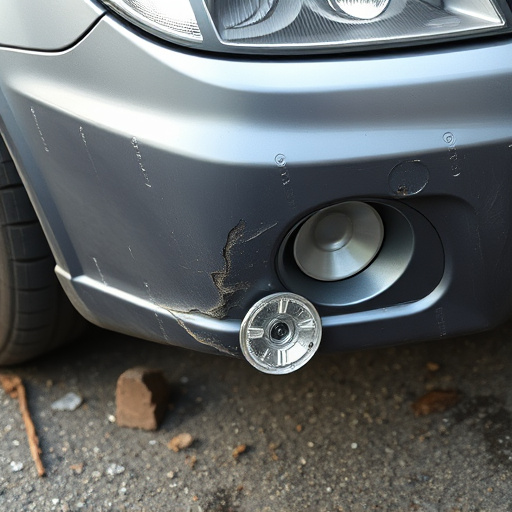
In the realm of Mercedes 48V system repair, labor costs play a significant role alongside the intricate diagnostics involved. Efficient repairs for this advanced electrical system demand specialized knowledge and precise tools. Skilled technicians must navigate a complex web of interconnected components, ensuring each step is accurately performed to prevent further damage or costly complications. The precision required for Mercedes 48V system repair justifies higher labor costs compared to traditional automotive collision repair.
Efficient labor management in a collision center dedicated to these repairs involves streamlined processes and well-trained staff. By minimizing downtime and maximizing productivity, centers can offer competitive pricing without compromising quality. This balance is crucial, as customers seek reliable and cost-effective solutions for their Mercedes 48V system issues, while ensuring the work is handled by professionals who understand the nuances of this cutting-edge technology.
When it comes to Mercedes 48V system repair, understanding the cost factors is key. By deciphering the components, diagnosing faulty parts efficiently, and optimizing labor costs, owners can navigate the process with confidence. This strategic approach ensures that repairs are both effective and economical, keeping your vehicle in top shape without breaking the bank.

